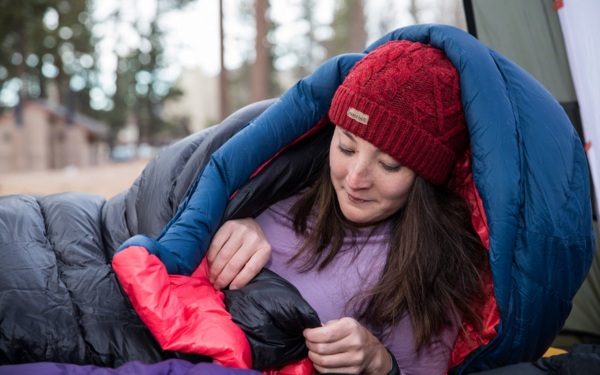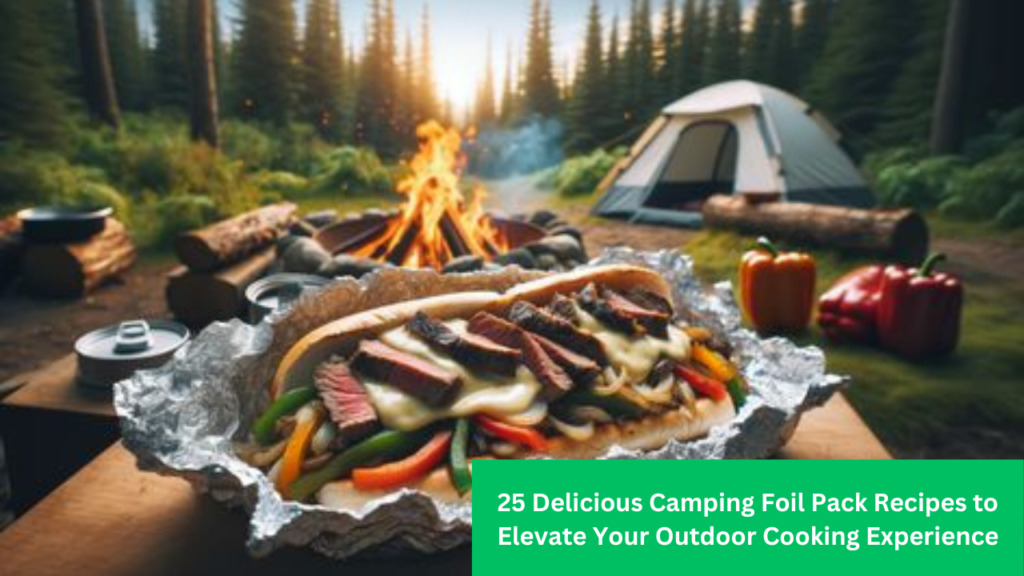How to Choose the Right Sleeping Bag

A good sleeping bag can make or break a trip. Whether you’re camping under the stars or embarking on a multi-day trek, the right sleeping bag ensures you stay warm, comfortable, and well-rested. However, with so many options available, choosing the perfect sleeping bag can be overwhelming. To help you navigate this important decision, here are 15 key points to consider when selecting your ideal sleeping bag
1. Temperature Rating
Understanding temperature ratings (comfort, lower limit, extreme) is crucial in choosing a sleeping bag that matches the weather conditions you anticipate encountering. The comfort rating indicates the lowest temperature at which an average sleeper will stay comfortable, while the lower limit indicates the lowest temperature at which a bag will keep you warm.
2. Insulation Type
Decide between down and synthetic insulation based on your priorities. Down offers superior warmth-to-weight ratio and compressibility but may lose insulation properties when wet. Synthetic insulation performs better in damp conditions and dries quickly but is generally heavier and less compressible.
3. Weight and Packability
Consider the weight and compressibility of the sleeping bag, especially if you plan on backpacking or traveling long distances. Lightweight and compact sleeping bags are easier to carry and pack, reducing the overall bulk of your gear.
4. Sleeping Bag Shape
Choose a shape that suits your needs and preferences. Mummy-shaped bags are snug and efficient at retaining heat, making them ideal for cold weather. Rectangular bags offer more room to move and can often be opened up to use as a quilt in warmer conditions.
5. Size and Fit
Ensure the sleeping bag fits your body comfortably. A bag that is too large will have excess space that needs to be heated, while a bag that is too small will be uncomfortable. Most sleeping bags come in different lengths to accommodate various heights.
6. Hood and Draft Collar
Opt for a bag with an insulated hood and draft collar to prevent heat loss around your head and neck. These features are particularly important in cold conditions to keep you warm and cozy throughout the night.
7. Length Options
Check if the sleeping bag comes in different lengths to accommodate your height. A properly sized bag will enhance comfort and warmth by minimizing empty spaces inside the bag.
8. Zipper Type and Length
Consider the zipper type and length based on your preferences. Full-length zippers provide more versatility for ventilation and ease of access, while shorter zippers reduce weight and bulk.
9. Water Resistance
Evaluate the bag’s water resistance, especially if you anticipate camping in wet or humid conditions. Look for sleeping bags treated with durable water repellent (DWR) finishes or made with hydrophobic materials to keep you dry and warm.
10. Durability
Choose a sleeping bag made from durable materials that can withstand outdoor use. Reinforced stitching, quality zippers, and robust shell fabrics contribute to the longevity of the bag, ensuring it lasts through many adventures.
11. Ethical Considerations
Consider ethical factors when choosing between down and synthetic insulation. Down is a natural material but may raise concerns about animal welfare, whereas synthetic insulation is cruelty-free but less environmentally friendly.
12. Budget
Set a budget range and explore sleeping bags within that range. Balance cost with features and quality to find the best value for your money.
13. Brand Reputation and Reviews
Research reputable brands known for producing quality sleeping bags. Read customer reviews and testimonials to gather insights into real-world performance and durability.
14. Seasonal Versatility
Determine whether you need a sleeping bag specifically tailored for certain seasons or a versatile option that can be used year-round. Consider the range of temperatures you expect to encounter during your outdoor adventures.
15. Try Before You Buy
Whenever possible, try out different sleeping bags in-store to assess comfort, fit, and overall feel. Climbing into a bag and testing it out can provide valuable insights into how it will perform in the field, ensuring you make the right choice for your needs.
conclusion
selecting the right sleeping bag is crucial for a comfortable and enjoyable outdoor experience. By considering factors such as temperature rating, insulation type, weight, size, and other key features discussed in this guide, you can make an informed decision that meets your specific needs and preferences. Remember to prioritize quality, durability, and comfort when choosing a sleeping bag, as it plays a significant role in ensuring a restful night’s sleep during your adventures. Take the time to research and test different options to find the perfect sleeping bag that will accompany you on many memorable outdoor journeys ahead. Happy camping!
What temperature rating should I choose for my sleeping bag?
The temperature rating of a sleeping bag should match the lowest temperatures you expect to encounter during your outdoor adventures. Consider factors like the comfort rating and lower limit to ensure you stay warm and comfortable.
What is the difference between down and synthetic insulation?
Down insulation offers excellent warmth-to-weight ratio and compressibility but may lose its insulation properties when wet. Synthetic insulation performs better in damp conditions, dries quickly, and is generally more affordable but is bulkier and heavier.
How do I know if a sleeping bag fits me properly?
A properly fitting sleeping bag should allow enough room for you to comfortably move but not be too loose, as this can create cold spots. Most sleeping bags come in different lengths to accommodate various heights.
What features should I look for in a sleeping bag for cold weather?
For cold weather camping, look for a sleeping bag with an insulated hood, draft collar, and mummy shape to minimize heat loss. Additionally, consider a bag with a lower temperature rating for added warmth.
How do I care for and maintain my sleeping bag?
To prolong the life of your sleeping bag, follow the manufacturer’s care instructions. Avoid storing it compressed for extended periods, as this can damage the insulation. Regularly air out and clean your sleeping bag according to the provided guidelines.








